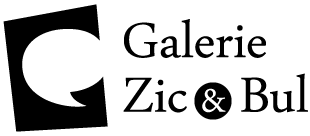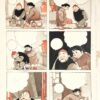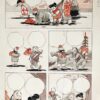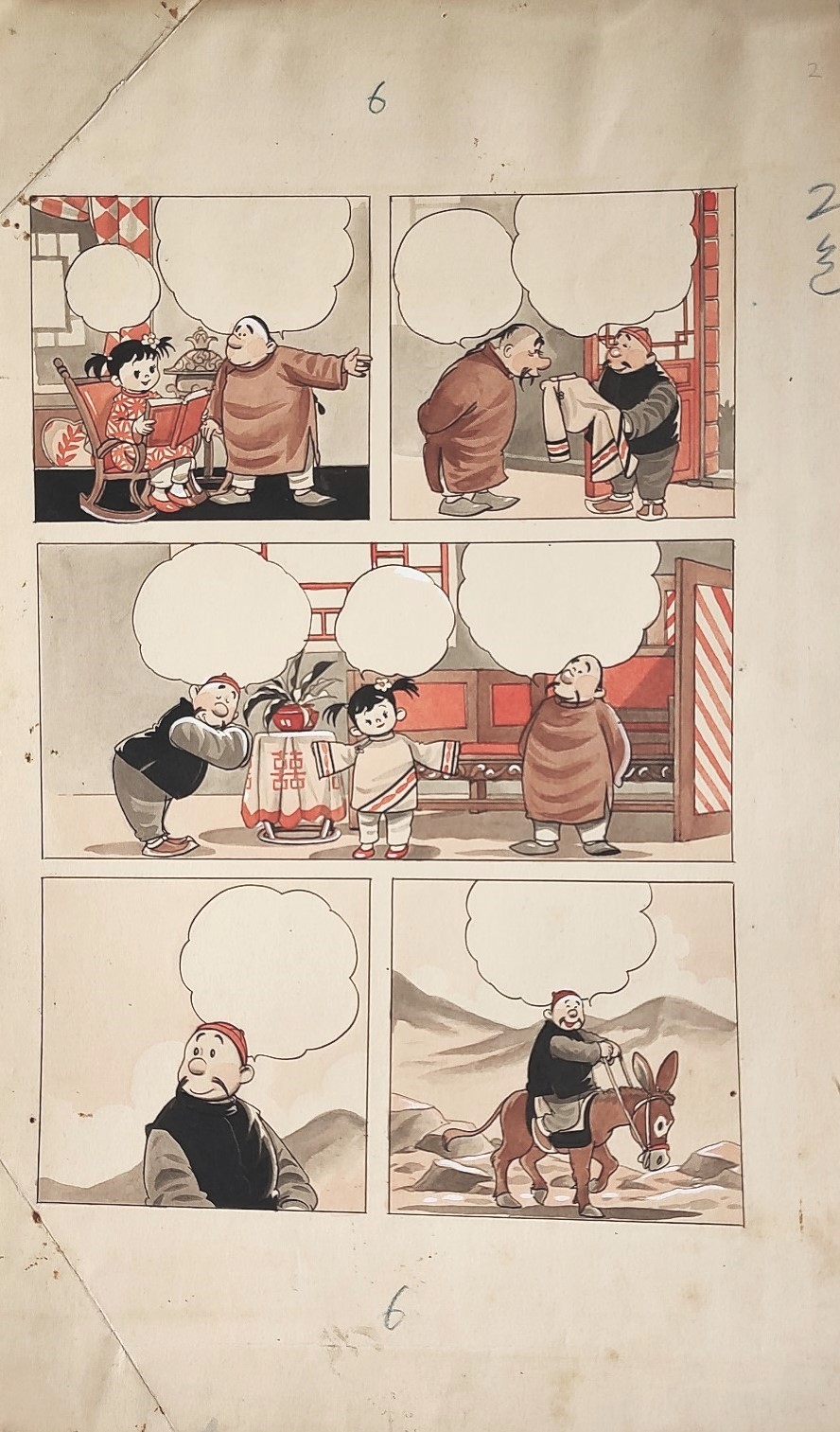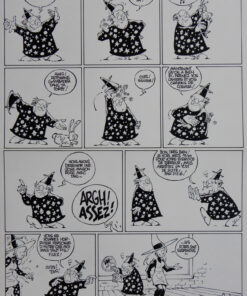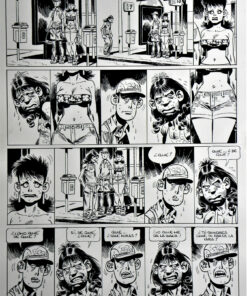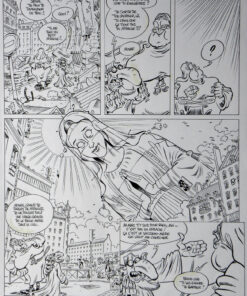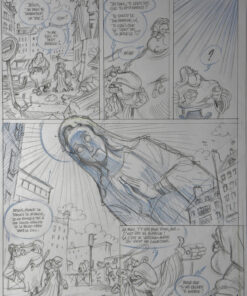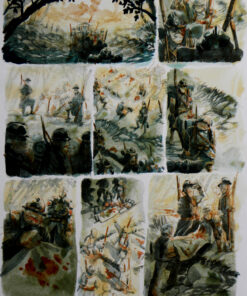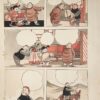-
×
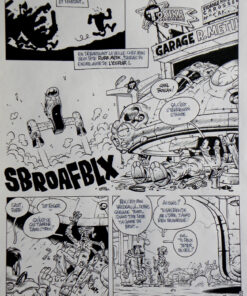 Cosmik Roger - Planche originale n° 2 - "A La Recherche D' OOLA-LA" - Julien Solé - CDM
1 × 350,00 €
Cosmik Roger - Planche originale n° 2 - "A La Recherche D' OOLA-LA" - Julien Solé - CDM
1 × 350,00 € -
×
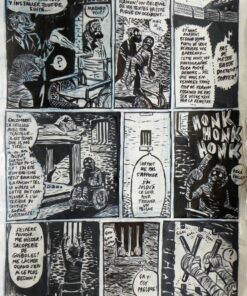 "Ramon Lopez " L’Echo des Savanes " - Planche originale - Page 12 – Vuillemin
1 × 600,00 €
"Ramon Lopez " L’Echo des Savanes " - Planche originale - Page 12 – Vuillemin
1 × 600,00 € -
×
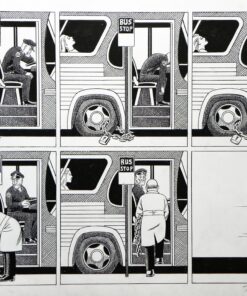 Le BUS – » CADENASSÉ » – Planche originale – Paul kirchner
1 × 700,00 €
Le BUS – » CADENASSÉ » – Planche originale – Paul kirchner
1 × 700,00 € -
×
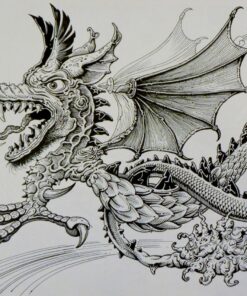 " le Dragon " - illustration originale - Jean Solé
1 × 1000,00 €
" le Dragon " - illustration originale - Jean Solé
1 × 1000,00 € -
×
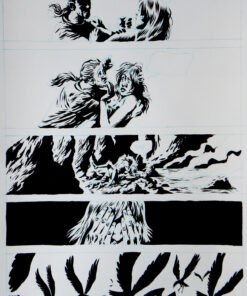 "L'Exilé" - Planche originale n° 99 - Erik Kriek
1 × 350,00 €
"L'Exilé" - Planche originale n° 99 - Erik Kriek
1 × 350,00 € -
×
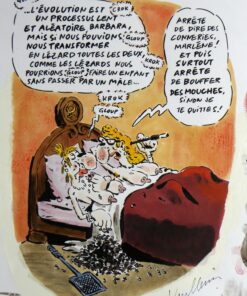 Bêtes de sexe !- " LE LEZARD " - Illustration originale – Philippe Vuillemin
1 × 600,00 €
Bêtes de sexe !- " LE LEZARD " - Illustration originale – Philippe Vuillemin
1 × 600,00 € -
×
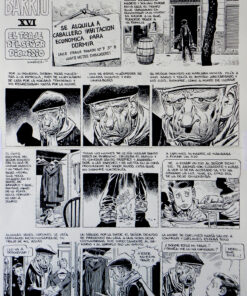 BARRIO - Tome 1 - Histoire " EL TRAJE DEL SENIOR DIONISSIO " Planche originale n°1 - Carlos Gimenez
1 × 2300,00 €
BARRIO - Tome 1 - Histoire " EL TRAJE DEL SENIOR DIONISSIO " Planche originale n°1 - Carlos Gimenez
1 × 2300,00 € -
×
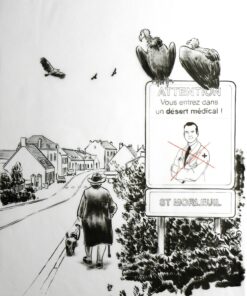 « Faut pas prendre les cons pour des gens » - Désert Médical - Illustration Originale - Emmanuel Reuzé
1 × 800,00 €
« Faut pas prendre les cons pour des gens » - Désert Médical - Illustration Originale - Emmanuel Reuzé
1 × 800,00 € -
×
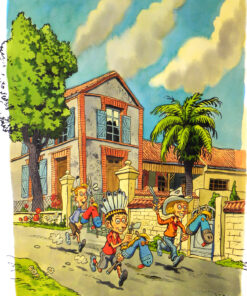 Pas de pitié pour les Indiens - Page De Garde - Nicolas Dumontheuil
1 × 850,00 €
Pas de pitié pour les Indiens - Page De Garde - Nicolas Dumontheuil
1 × 850,00 € -
×
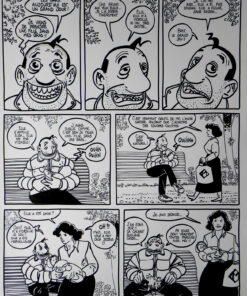 Jean-Claude Tergal - " Une Fille Dans Ses Bras "- Planche originale - Didier Tronchet
1 × 500,00 €
Jean-Claude Tergal - " Une Fille Dans Ses Bras "- Planche originale - Didier Tronchet
1 × 500,00 € -
×
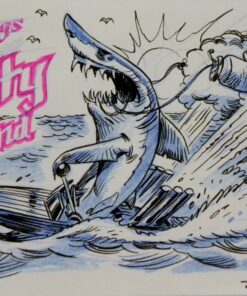 SHARK Book - "Amity Island" - Illustration originale - Julien Solé
1 × 100,00 €
SHARK Book - "Amity Island" - Illustration originale - Julien Solé
1 × 100,00 € -
×
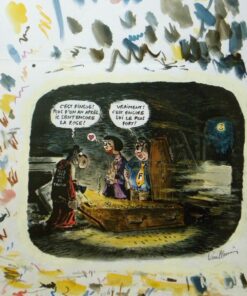 "La rose" - Illustration originale - Philippe Vuillemin
1 × 600,00 €
"La rose" - Illustration originale - Philippe Vuillemin
1 × 600,00 € -
×
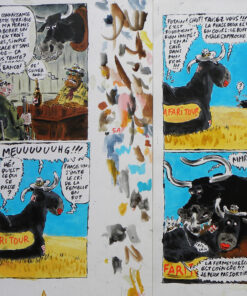 Les Sales Blagues - "Safari" - Planches originales - Philippe Vuillemin
1 × 1000,00 €
Les Sales Blagues - "Safari" - Planches originales - Philippe Vuillemin
1 × 1000,00 €
Sous-total : 9750,00 €
